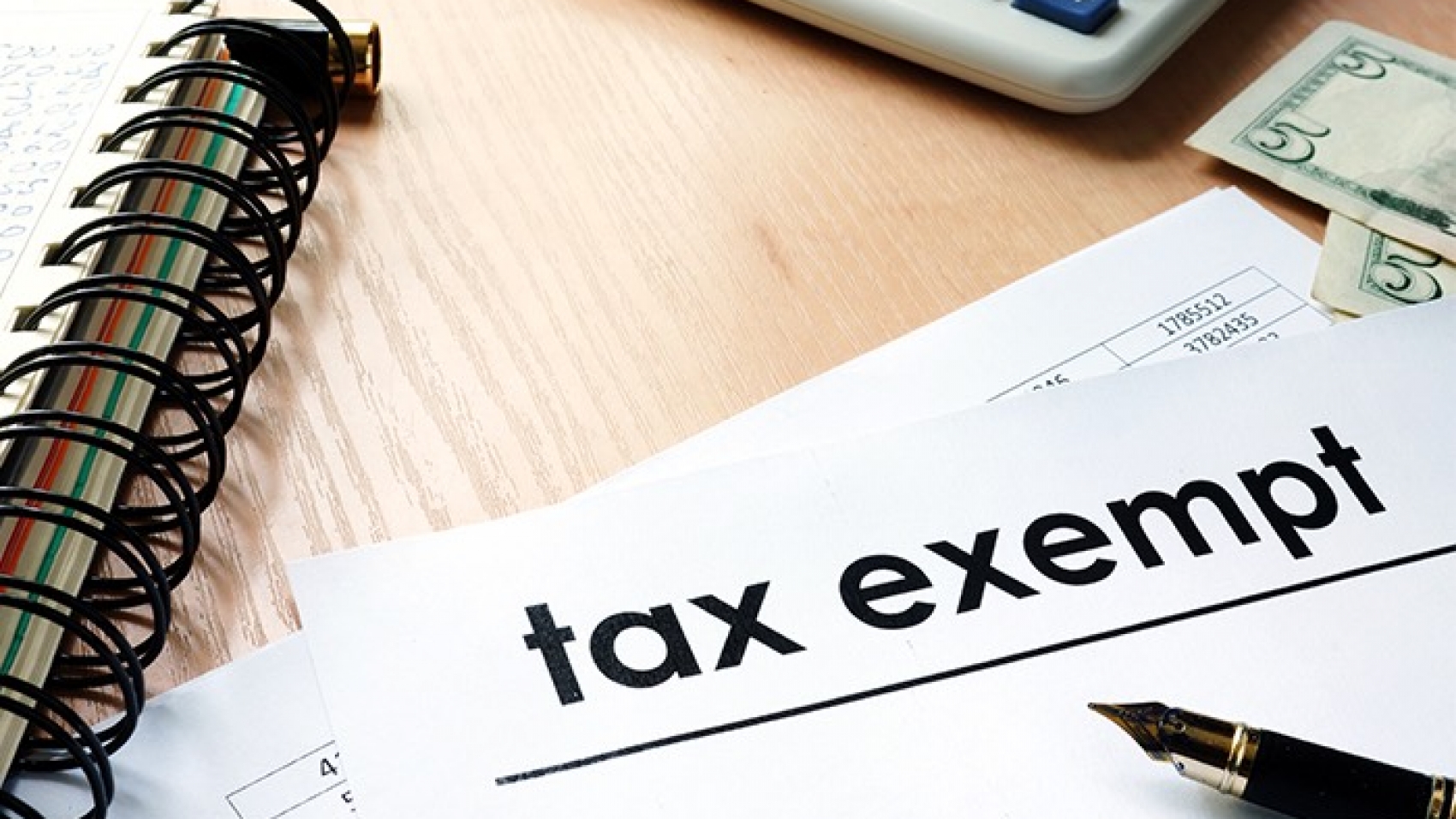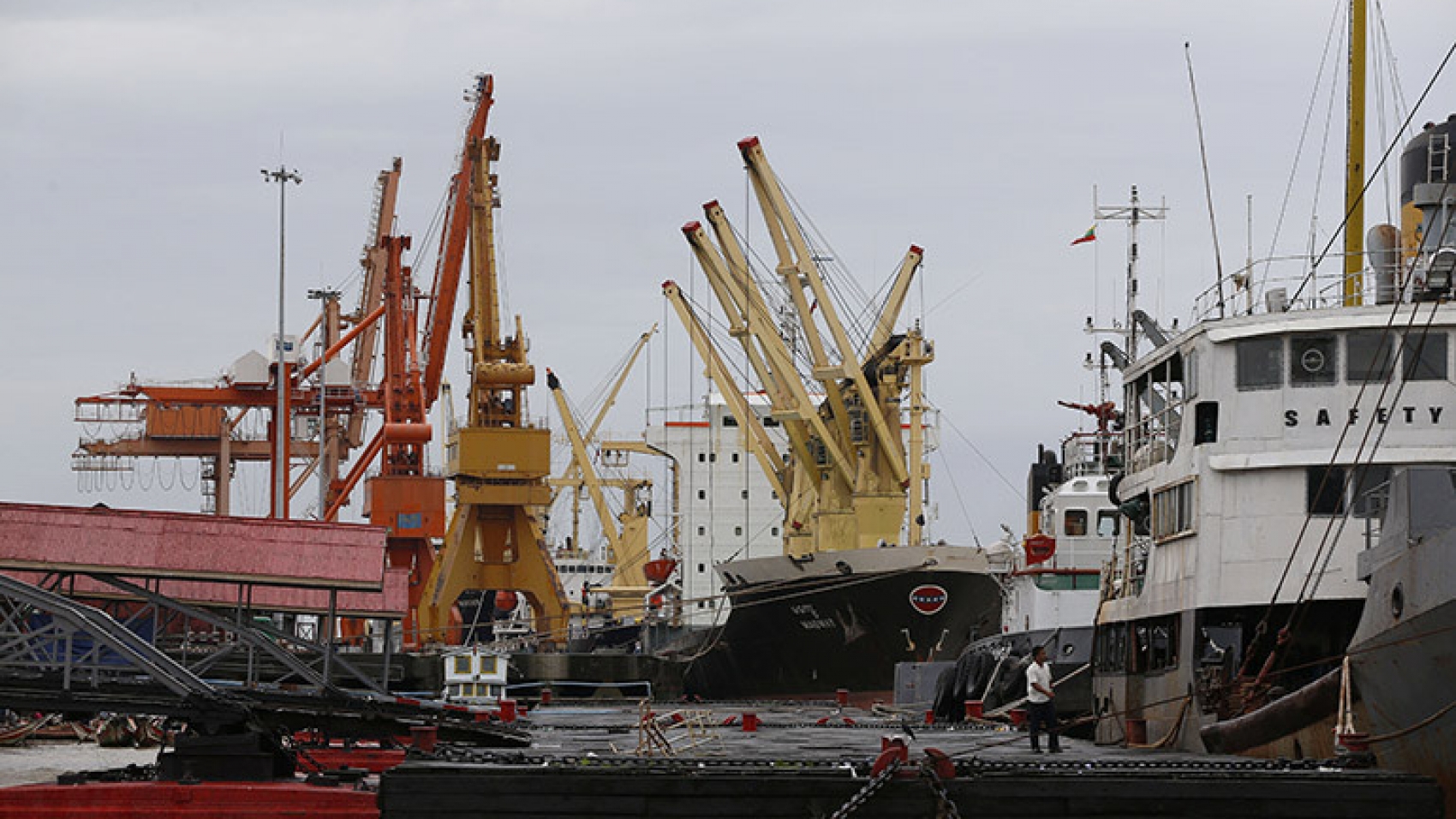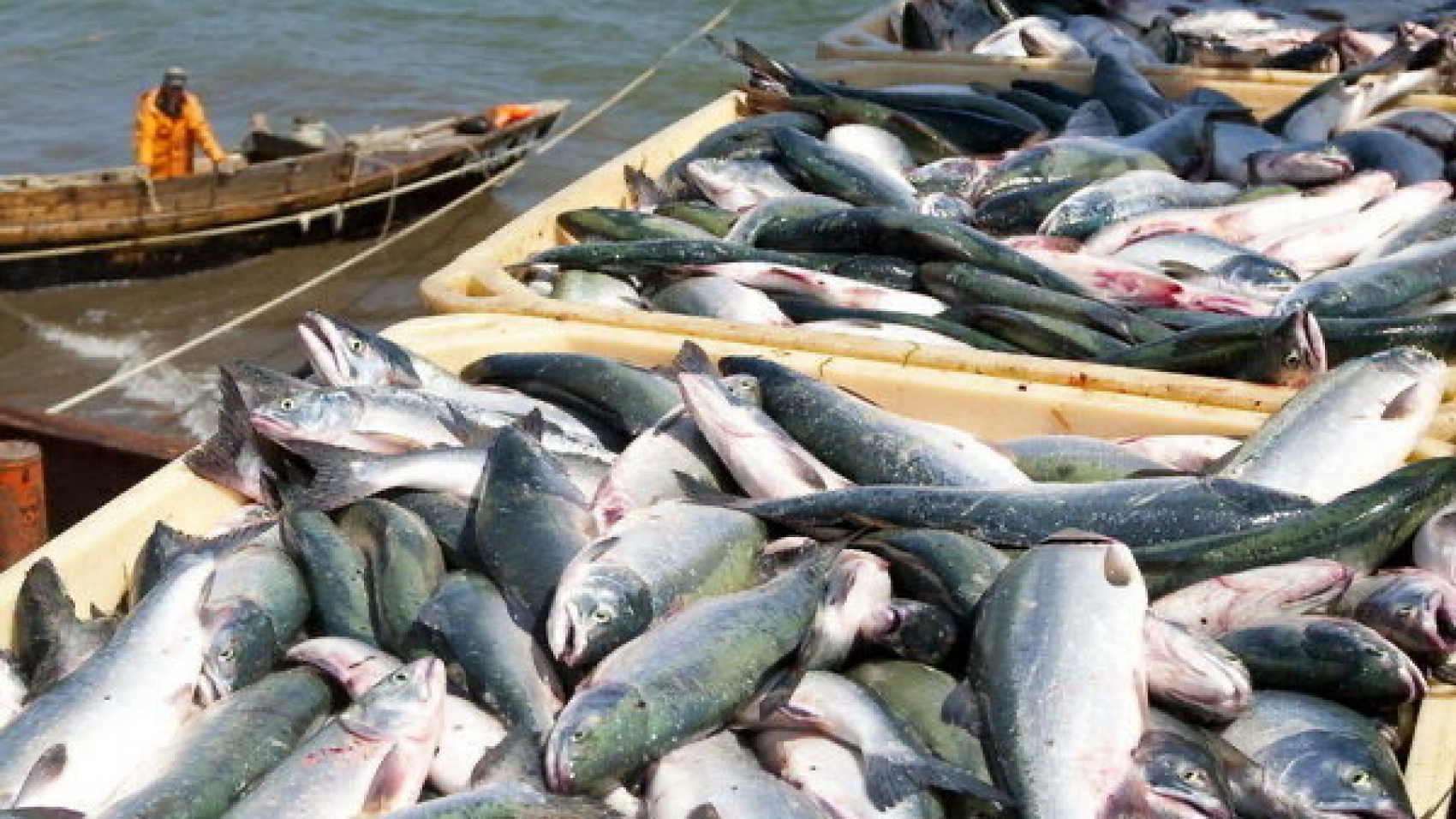EXPORT earnings from the fisheries sector during the period between 1 October and 5 March in the financial year 2020-2021 touched a low of US$380.65 million, a decrease of $47.8 million from the year-ago period, according to statistics released by the Commerce Ministry. The figures stood at just $428.457 million during a year ago period. Myanmar Fisheries Federation (MFF) expected to earn more than $800 million from fishery exports in the FY2019-2020, and it reached a target. Myanmar exports fisheries products, such as fish, prawns, and crabs, to markets in 40 countries, including China, Saudi Arabia, the US, Japan, Singapore, Thailand, and countries in the European Union.
Myanmar’s fishery exports have slightly declined over the past months, owing to the COVID-19 impacts and the current trade delay amid the political changes. Additionally, the Food and Agriculture Organization (FAO) and the World Health Organization (WHO) issued guidelines to ensure food safety during the COVID-19 pandemic in April 2020. The permitted companies are advised to carry out food safety plans, follow the WHO Fishery exports plunge to $380.65 mln in 2020-2021FY and FAO guidelines, formulate the safety management system, and suspend the exports if any suspicious foodborne virus or virus infection risk are found in the products. They can resume the exports once the products meet food safety criteria set by the General Administration of Customs of China’s People Republic (GACC).
China is the second-largest buyer of Myanmar’s fishery products, accounting for US$254 million out of the overall fishery export value of $850 million in the financial year 2019-2020. The federation expects to reach a fishery export target of US$1 billion in the current FY2020-2021. The MFF is making concerted efforts to increase fishery export earnings by developing fish farming lakes that meet international standards and adopting advanced fishing techniques. To ensure food safety, the foreign market requires suppliers to obtain Hazard Analysis and Critical Control Points (HACCP) and Good Aquaculture Practices (GAqP) certificates. To meet international market standards, fishery products must be sourced only from hatcheries that are compliant with GAqP.
The MFF works with fish farmers, processors, and the Fisheries Department under the Ministry of Agriculture, Livestock, and Irrigation to develop the GAqP system. Processors can screen fishery products for food safety at ISO-accredited laboratories under the Fisheries Department. There are 480,000 acres of fish and prawn breeding farms across the country and more than 120 cold-storage facilities in Myanmar. Myanmar exported 340,000 tonnes of fishery products worth $530 million in the 2013-2014FY, 330,000 tonnes worth $480 million in the 2014-2015FY, 360,000 tonnes worth $500 million in the 2015-2016FY, 430,000 tonnes worth $600 million in the 2016-2017FY, 560,000 tonnes worth $700 million in the 2017-2018FY, 580,000 tonnes worth over $730 million in the 2018-2019FY and $847.5 million, according to the Commerce Ministry.
An MFF official said the federation had asked the government to tackle problems faced in exporting farm-raised fish and prawns through G2G pacts and ensuring smooth freight movement between countries to bolster exports. Myanmar’s economy is more dependent on the agricultural sector to a large extent. Also, the fisheries sector contributes a lot to the national gross domestic product (GDP). Its fishery production, including shrimps and saltwater and freshwater fish, is far better than the regional countries. If the government can boost processing technology, it will contribute to the country’s economy and earn more income for those stakeholders in the supply chain, Yangon Region Fisheries Department stated.
Source: The Global New Light of Myanmar




